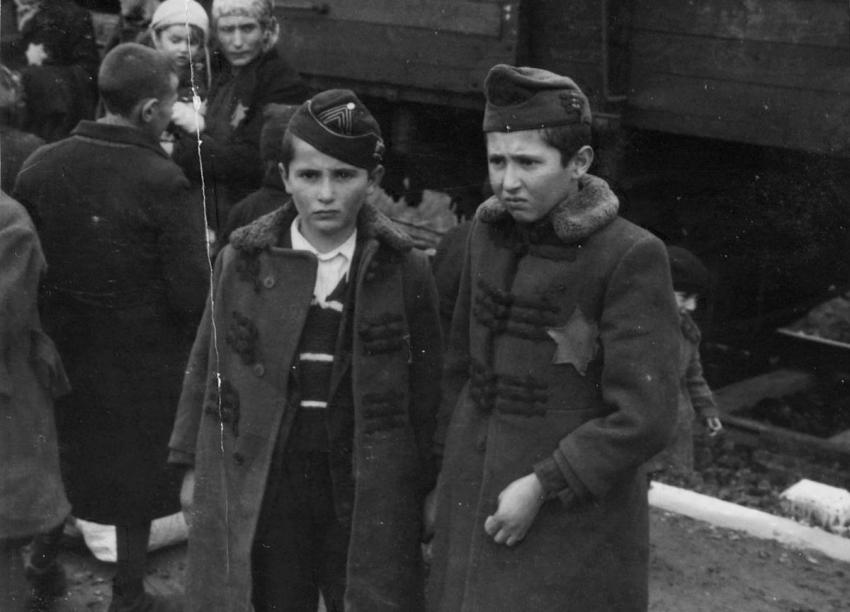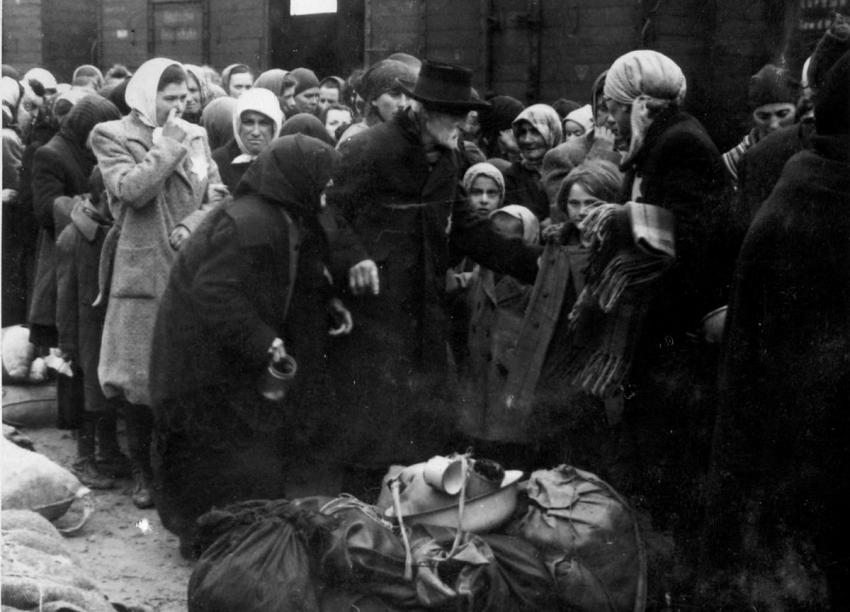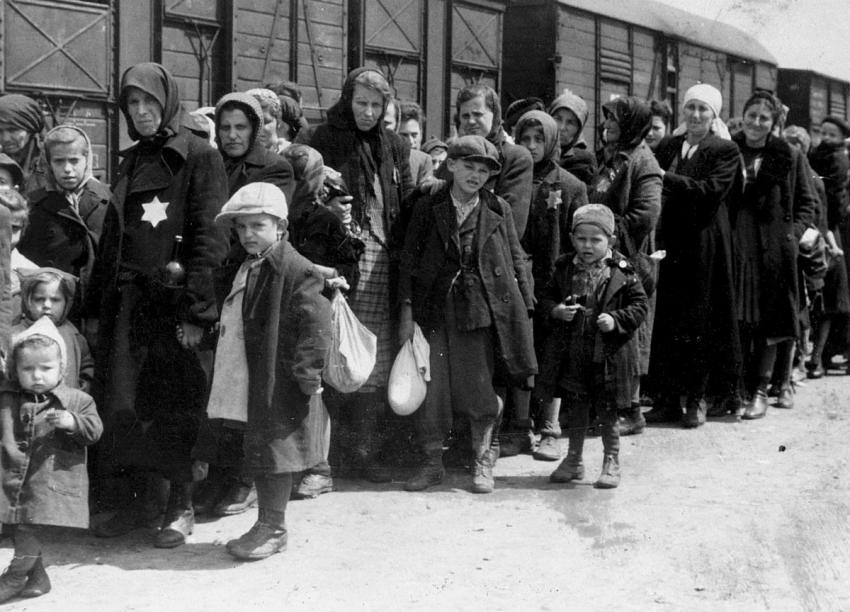This educational unit opens with a general discussion of the meaning of a photo album, for an individual as well as a family.
Engage your students by prompting them with these questions:
- What kind of photos do you usually find in a family album? Which events do you photograph?
Examples for the Teacher: birthdays, vacations, reunions, weddings, graduations, etc.
- If a stranger found your album, what would he learn about your family?
Notes to the Teacher: A stranger can discover who is most important to an individual or family based on the people in their album. An album reflects one’s identity, including his family, society, and religion.
Photos also have an historical context. The album that will be explored is one discovered by Lili Jacob. What can we expect to see in such an album?
In order to answer this question, read the details that follow.
Lili was born in 1926, in a small Czech town named Bilke.
- What characterizes family photos that were taken near the beginning of the 20th century?
Notes to the Teacher: In the first half of the 20th century, people took fewer photos than we do today, and often families would have their photos taken in a professional studio. They would dress up especially for the occasion and pose rather stiffly in front of the camera. Most photos were black-and-white.
The uniqueness of the Auschwitz Album is not only that it is an album, but that the photos in it were taken in Auschwitz. To this extent, it is critical that students have background knowledge of the Holocaust. You can begin this topic with the following question:
- What happened to the majority of European Jewry during the early 1940s?
The Holocaust
The historical period known as the Holocaust refers to the murder of approximately six million Jews by the German Nazis and their collaborators. Between the German invasion of the Soviet Union in the summer of 1941 and the end of World War II in Europe in May 1945, Nazi Germany and its accomplices strove to murder every Jew in Europe. The Germans were motivated by a racist and antisemitic ideology that perceived the Jewish people as a sub-human race that jeopardized humanity and therefore should not exist. Nazi discrimination against Jews began with Hitler’s accession to power in January 1933, and many historians therefore consider this the beginning of the Holocaust era. Jews were not the only victims of Hitler’s regime, but they were the only group that the Nazis sought to destroy entirely. The Germans used various means to murder Jews, eventually setting up special camps designated as killing centers. The largest and most famous camp was Auschwitz-Birkenau, established in occupied Poland. Jews from all areas of Europe, including Poland, Germany, Czechoslovakia, Hungary, France, Italy, the Netherlands, Belgium, Greece, and Norway, were sent there to be murdered.
Note:
The Handout for the Teacher provides a broader historical context.
On the last day of Passover 1944, the Jews of the small town of Bilke in the Carpathian Mountains, under the rule of Hungary, were ordered to gather in the synagogue’s courtyard. Lili Jacob and her family were sent with the others to the overcrowded Berehovo Ghetto, where approximately 10,000 Jews from Berehovo and nearby towns were gathered. Several days later, four rail transports of men, women, and children left the ghetto, arriving at Auschwitz-Birkenau on the morning of May 26th. On one of these transports was Lili and her family.
In the album we find photos of Lili, her young brothers, her grandmother, and her grandfather on their arrival at Auschwitz-Birkenau. These photos were not taken on a family vacation or during a holiday. They were taken by two SS photographers in the Auschwitz-Birkenau camp. (Photos: 1–4)
- Why were these photographs taken?
- What happened to Lili and her family upon their arrival to the camp, once the train doors were opened?
- What information can we gather from these photos? Can this information be considered historical?
Notes to the Teacher:
We can draw some conclusions from the photos, by looking at the settings, facial expressions, and the way in which people were handled upon arrival in the camp.
- What photos from the Holocaust are you familiar with? Who took them? Can a photograph be an objective source of knowledge?
Notes to the Teacher:
Most of the familiar photos are black-and-white, and were taken by the Nazis.
Photographs are one of our historical sources. Like other sources, they are subjective, partial, and may have been manipulated, through the use of light and shadow, focus, cropping, the posing of the subjects, etc. Photos must therefore be combined with other sources in order to have more complete picture.
In this lesson, we will look at photos from the Auschwitz Album in order to find out what happened to Lili Jacob, her family, and the other Jews from her town who arrived at Auschwitz. In addition, we will read short testimonies from survivors, as well as that of the Auschwitz commandant, Rudolf Hoess.
Notes to the Teacher:
For advanced learning, use Handout 3 to develop this issue.
Keep in mind that these photographs tell the story of one transport, from the time that it arrived in the camp up until the victims were sent to their deaths. Through these photos, we can trace the journey that Lili and the other Jews of her town were forced on, as they disembarked the deportation trains, underwent the selection process, and those deemed unfit for work were taken to the crematoria. The album also depicts those deemed fit to work, who were deloused and sent to the labor section of the camp.









